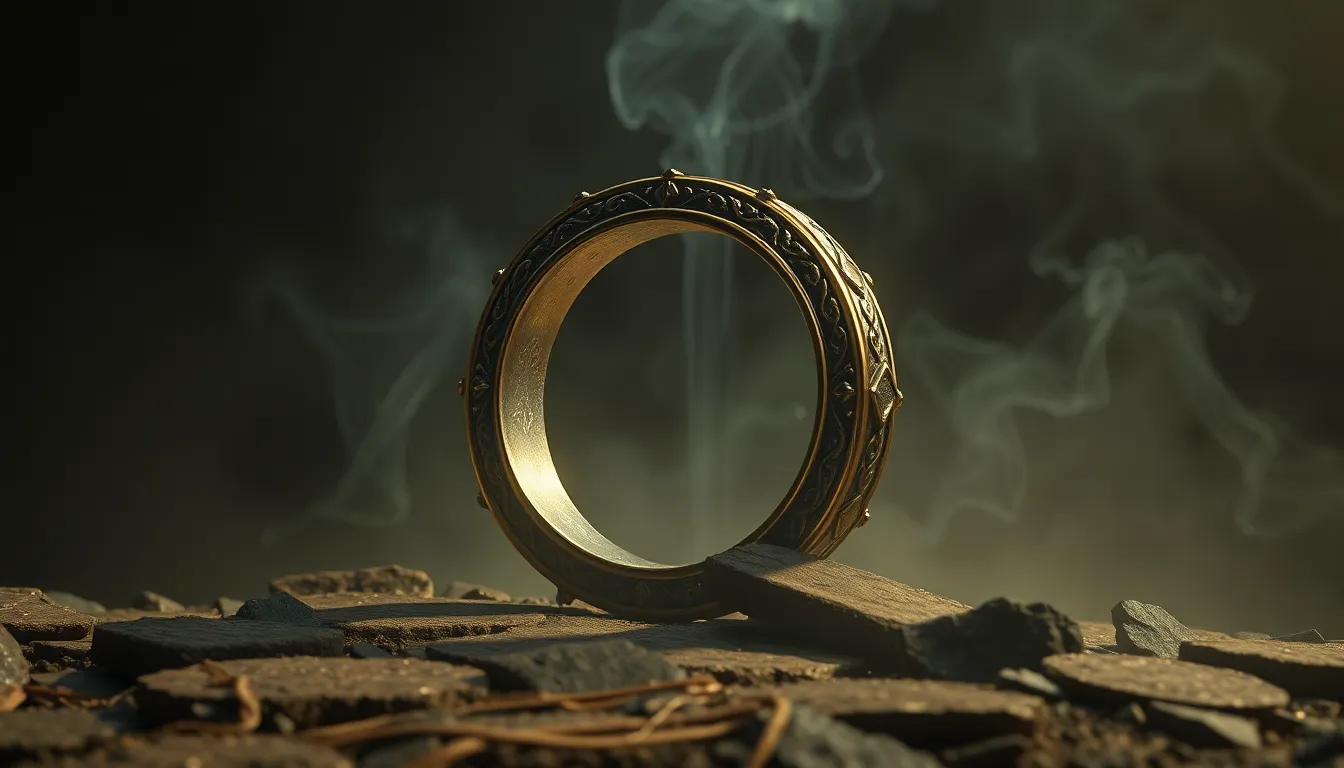Myth Meets Reality: Are These Magical Artifacts Really Out There?
Introduction to Magical Artifacts
Magical artifacts are objects imbued with extraordinary powers, often found in the folklore and mythology of various cultures. These artifacts, ranging from enchanted swords to sacred relics, hold significant meaning and are often central to epic tales of heroism and adventure. The allure of such objects lies in their ability to transcend the ordinary, captivating the imagination and inspiring countless stories across generations.
The myths and legends surrounding these artifacts provide a rich tapestry of cultural significance, reflecting the values, beliefs, and aspirations of the societies that created them. Whether it’s the quest for eternal life or the pursuit of ultimate knowledge, magical artifacts have become symbolic representations of human desires and fears.
Historical Context of Magical Artifacts
Throughout history, ancient civilizations have produced a myriad of legendary artifacts that continue to capture our fascination. For instance, King Arthur’s Excalibur is not merely a weapon; it symbolizes rightful sovereignty and the divine right to rule. Similarly, the Holy Grail, often associated with Christ, embodies the quest for spiritual enlightenment and redemption.
The perception of these artifacts has been heavily influenced by mythology. They serve as cultural touchstones that connect the past with the present, allowing us to explore the values and beliefs that shaped ancient societies. As stories were passed down through generations, the artifacts evolved, gaining layers of meaning and significance along the way.
Famous Magical Artifacts in Mythology
Some of the most famous magical artifacts in mythology include:
- The Philosopher’s Stone: A legendary substance capable of turning base metals into gold and granting immortality.
- The Ark of the Covenant: A sacred chest said to contain the tablets of the Ten Commandments, believed to have divine powers.
- Thor’s Hammer (Mjölnir): A powerful weapon in Norse mythology, capable of leveling mountains and returning to its owner when thrown.
- Medusa’s Head: An artifact that can turn anyone who gazes upon it into stone, reflecting themes of power and fear.
Each of these artifacts carries a rich backstory intertwined with cultural lore, illustrating the human experience’s depth and complexity. They are not mere objects; they embody the hopes, fears, and moral lessons of their respective cultures.
Archaeological Discoveries: Fact or Fiction?
As archaeology continues to uncover the past, some findings appear to align closely with legendary artifacts. For example, the discovery of ancient texts and relics in the Middle East has led to speculation about the Ark of the Covenant’s existence. Moreover, expeditions aimed at locating objects like Excalibur have sparked interest and debate within both the scientific community and the general public.
Case studies, such as the search for the lost city of Atlantis or the quest for the Philosopher’s Stone, highlight the intersection of archaeology and mythology. While some artifacts have been confirmed through rigorous scientific methods, others remain elusive, leading to ongoing discussions about the line between fact and fiction.
The Scientific Perspective on Magical Artifacts
From a scientific standpoint, many purported magical artifacts can be analyzed for their physical properties. For instance, the supposed powers of the Philosopher’s Stone can be examined through the lens of chemistry, where alchemical processes have been debunked as mere attempts at early scientific exploration.
Historians and scientists often approach these artifacts with skepticism, emphasizing the importance of critical analysis. Interviews with experts reveal a consensus that while these artifacts may not possess magical properties, they still hold immense cultural and historical value. The stories associated with them, rather than their physical attributes, are what give them their significance.
Cultural Impact of Magical Artifacts in Modern Society
Magical artifacts have permeated contemporary literature, film, and pop culture, influencing how we perceive and interact with these ancient stories. From J.K. Rowling’s Harry Potter series to the Marvel Cinematic Universe, artifacts like the Elder Wand or the Tesseract play pivotal roles in shaping narratives that resonate with modern audiences.
Moreover, these artifacts continue to shape modern belief systems and practices. They serve as symbols of hope, resilience, and the quest for knowledge, reflecting our ongoing fascination with the extraordinary. As society evolves, the interpretation and significance of these magical artifacts adapt, reflecting contemporary values and beliefs.
Debunking Myths: The Skeptical Viewpoint
Despite the allure of magical artifacts, there are strong arguments against their existence. Skeptics argue that many artifacts are products of cultural storytelling rather than tangible objects. The evolution of myths over time can lead to embellishments and distortions, making it difficult to separate fact from fiction.
Furthermore, the psychological phenomenon known as pareidolia, where humans perceive familiar patterns in random stimuli, can explain why people find meaning in artifacts that may not exist. Myths evolve, adapting to cultural shifts and societal changes, which can obscure their original intent and meaning.
Exploring the Psychological Appeal of Magical Artifacts
The idea of magical artifacts captivates the human psyche, tapping into our desire for wonder and the extraordinary. People are drawn to the notion that such objects can hold power beyond the ordinary, offering hope and the promise of transformation.
Psychologically, believing in magical artifacts can fulfill emotional needs, providing comfort in times of uncertainty. The stories surrounding these artifacts can serve as metaphors for personal growth and self-discovery, allowing individuals to connect with larger themes of courage, sacrifice, and redemption.
The Future of Magical Artifacts: Preservation and Exploration
As we continue to explore our past, the preservation of cultural heritage and artifacts becomes increasingly important. Efforts to locate and protect these objects ensure that future generations can learn from and appreciate their historical significance.
Technological advancements in archaeology, such as ground-penetrating radar and 3D modeling, open new avenues for discovery and exploration. These tools enhance our understanding of historical artifacts and their contexts, allowing us to delve deeper into the narratives they represent.
Conclusion: The Intersection of Myth and Reality
Magical artifacts represent a fascinating intersection of myth and reality, serving as symbols of our collective human experience. While the existence of these artifacts may be debated, their impact on our understanding of history and culture is undeniable.
As we continue to explore the mystical and the miraculous, our fascination with magical artifacts reveals a deep-seated desire to connect with the extraordinary. In this quest, we not only seek the truth behind the myths but also strive to understand the rich tapestry of stories that define us as a species.




